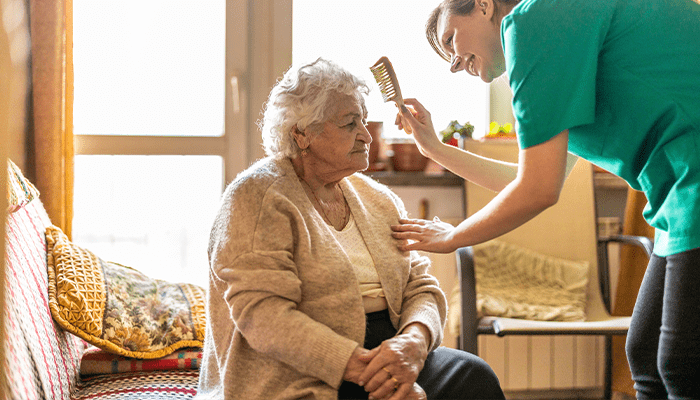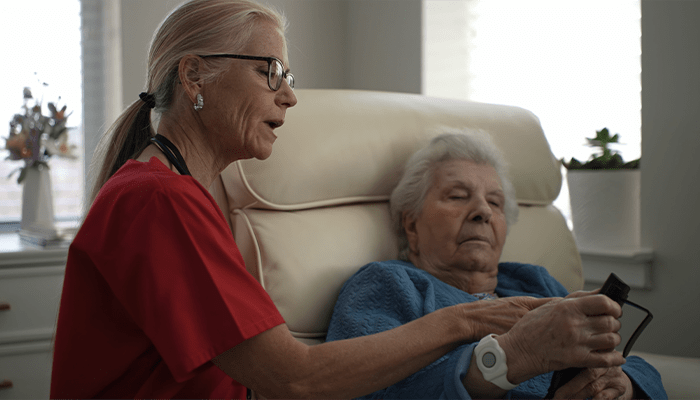
Best Practices for Elopement Prevention
The senior living industry is responsible for keeping their residents safe every single day. Failing to do so can have monumental regulatory and litigation impact.
Elopement occurs when a resident leaves the premises or a safe area without authorization and/or necessary supervision to do so. A resident who leaves a safe area may be at risk of heat or cold exposure, dehydration and/or other medical complications, drowning, or being struck by a motor vehicle.
Facility policies should clearly define mechanisms and procedures for assessing or identifying, monitoring and managing residents who are at risk for elopement. In addition, the resident at risk should have interventions in their comprehensive plan of care to address the potential for elopement. The facility’s disaster and emergency preparedness plan should also include plans for locating a missing resident and, if not already conducting, schedule quarterly elopement drills with one during evening hours.
Contact the AP Senior Living team to assess and optimize your risk management programs.
Source: CMS, State Operations Manual
Featured News & Insights

The next five years will be critical for senior living and nursing home providers. Shifts in health system consolidation, CMS programs, and hospital partnerships are already reshaping how skilled...

Watch the Webinar Replay In this webinar, we’ll explore the structural changes that are adversely impacting nursing home skilled care revenues. This session will briefly touch on the impact of ACO...

If your senior care facility is struggling with survey performance, you may already be on CMS's radar. The Special Focus Facility (SFF) designation is more than just a label. It's a warning with real...